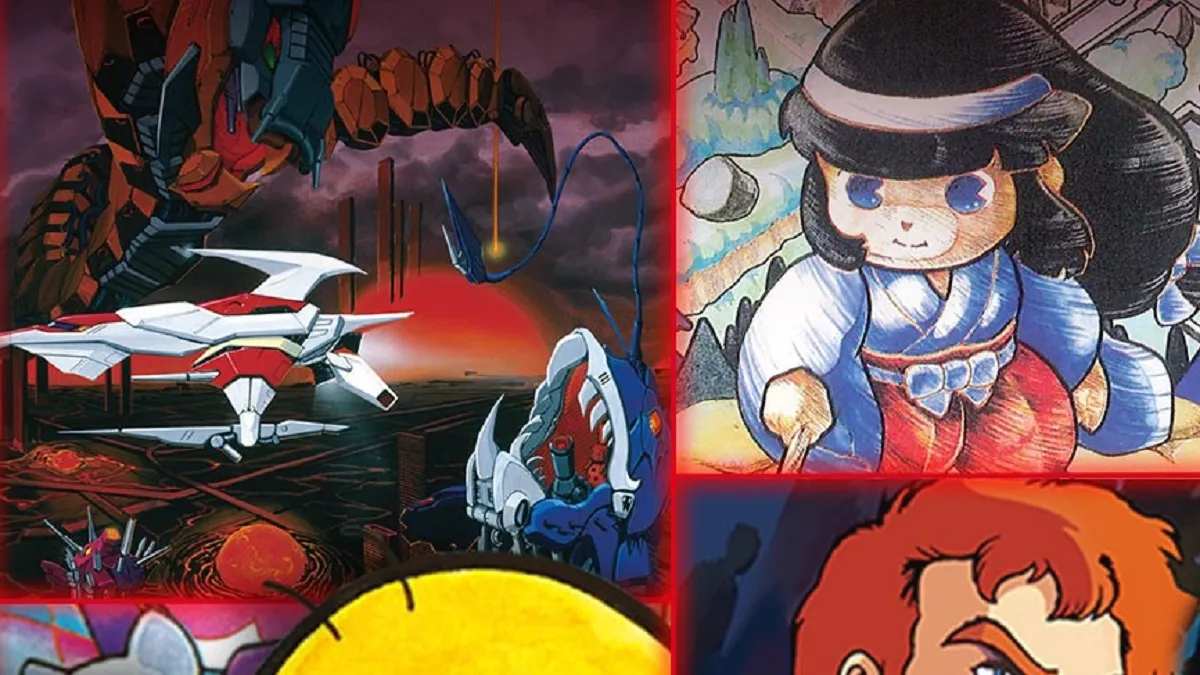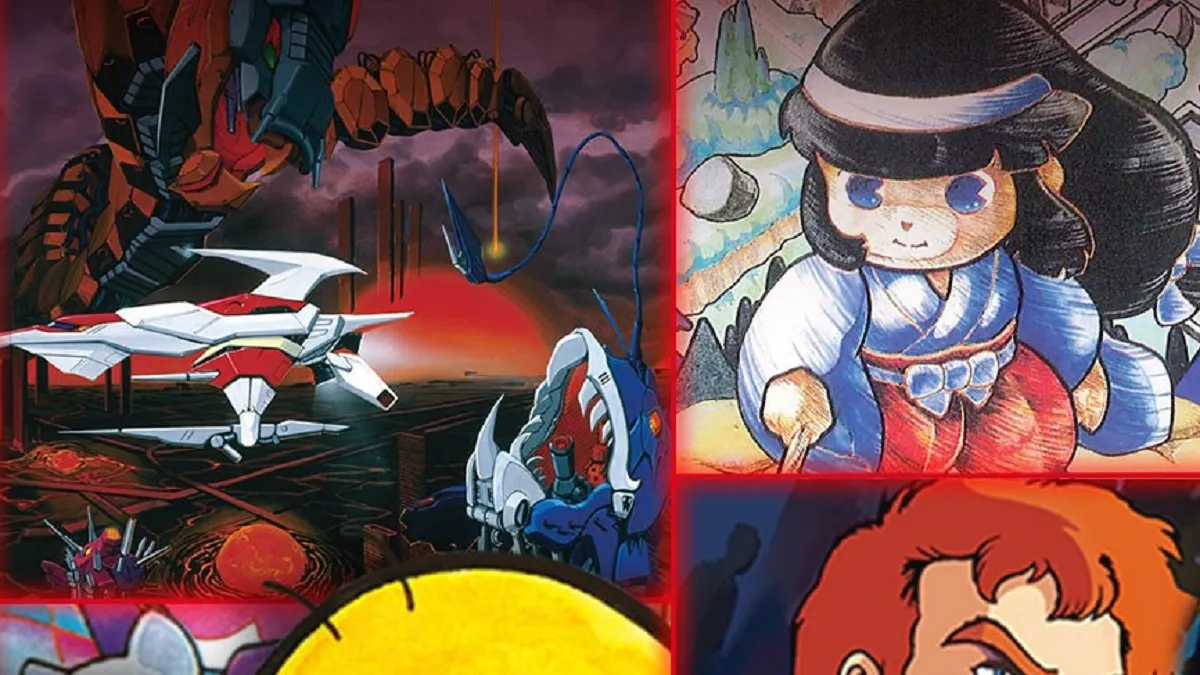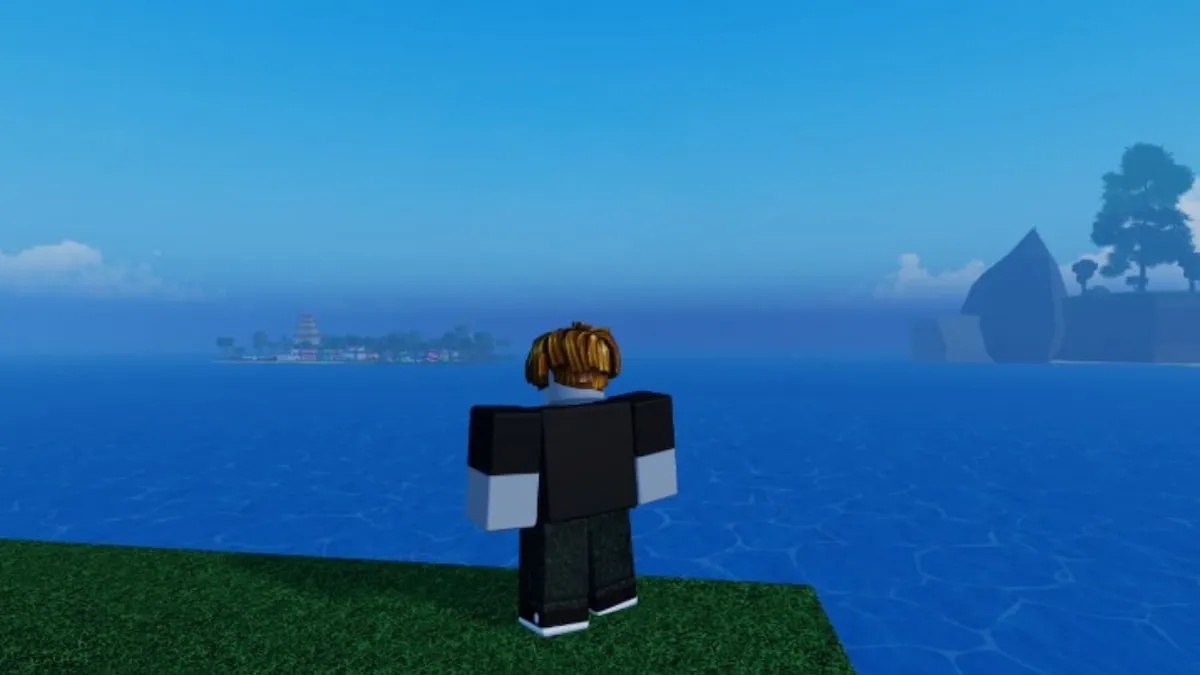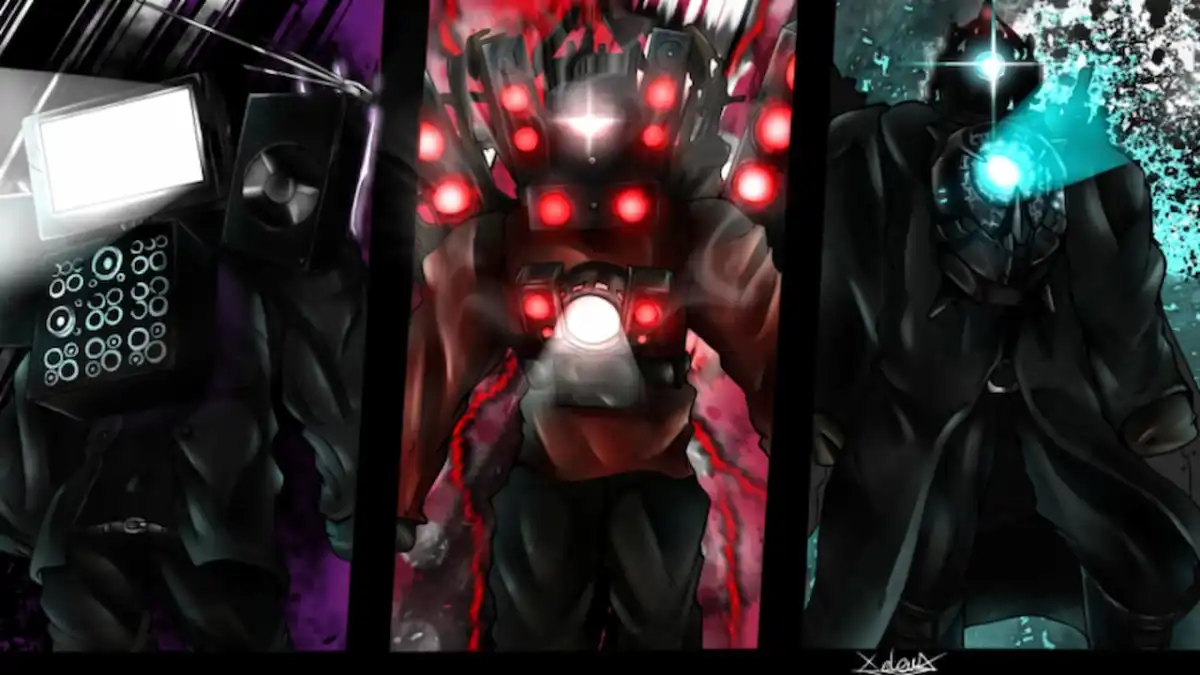It’s been great to see a lot of obscure arcade titles being dredged up and ported, and one of the best at this is Arcade Archives. They’re not the best in terms of features, but rather in terms of sheer quantity and the depths they’ll dive to pull up even the most unmarketable of games.
Ten bucks isn’t too bad for an old arcade title when you think of it on an individual level, but then you see it add up. Released last year, Taito Milestones was a decent way to pick up 10 of the titles with a bulk discount. Specifically, ones that were published by Taito. This year, they’re back with Taito Milestones 2. Both collections have been rather eclectic compilations of some rather obscure titles, but this year is complete madness.
While I could easily just sum up my thoughts on the overall curation of the games, I think it would be more fun to give a mini-review of each of the included games. So, here we go.
Taito Milestones 2 (Switch)
Developer: Hamster
Publisher: Inin Games
Released: August 31, 2023
MSRP: $39.99
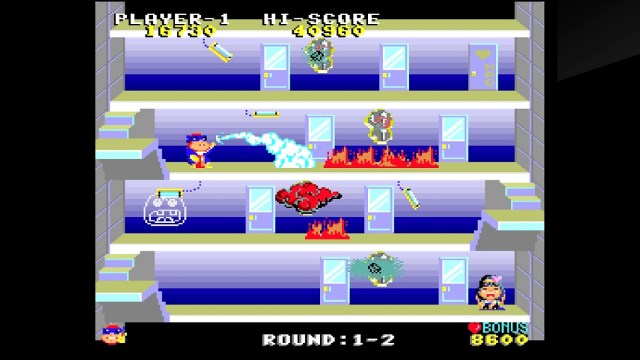
Ben Bero Beh (1984)
During my recent shopping spree of Arcade Archives games, I nearly bought Ben Bero Beh based on its wacky look, but instead went with Pistol Daimyo. I made the right choice, since it wound up in Taito Milestones 2. Not to disrespect Pistol Daimyo, but I like Ben Bero Beh better.
I was kind of afraid there’d be nothing beneath the quirky art style, but while Ben Bero Beh is a rather simple single-screen arcade title, it’s actually a lot of fun. The idea is simply to get the protagonist, Dami-chan, down to the bottom of the screen to reach Nao-chan, who I presume is his girlfriend. Meanwhile, Dami-chan is only equipped with a fire extinguisher, and the building is falling apart around the pair. You simply need to navigate downward while avoiding gas explosions, broken fluorescent lights, and Chack’n from Chak’n Pop.
I love it. It kind of has the Donkey Kong formula, but the sprite work here is excellent. Everything is so expressively animated, which is a real delight. This is going to make me sound really boring, but the fire extinguisher controls are also amazing. You can press down to spray it at your feet or hold up to arc it further. Just try it; the fire extinguisher feels great.
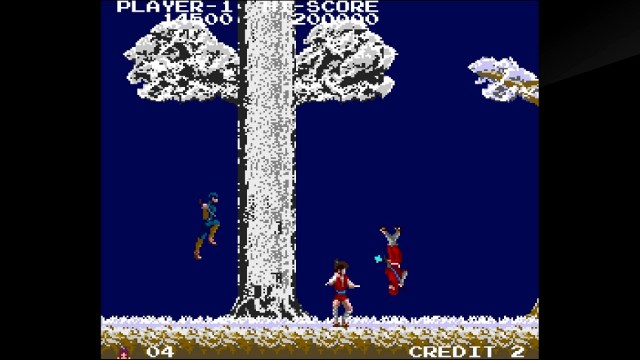
The Legend of Kage (1985)
Legend of Kage is one of the more recognizable titles in the collection. However, I also don’t really like it. The controls are just so floaty, the combat so sparse, that it feels almost pointless to engage with the enemies unless you really have to. It was released in 1985 before the mechanics of platformers were firmly planted, but that just means it’s kind of rough.
You play as a ninja trying to save a captured princess. You start off running through the forest before scaling a castle and rescuing her at the top. Then, as is typical with arcade games of the era, you start back at the beginning, but everything is more difficult. Better combat might have made Legend of Kage more worthwhile, but what can you expect from a game made in 1985?
Also, it’s “Legend of Kah-Gey,” not “Legend of Cage.”

Kiki Kaikai (1986)
As a fan of the Pocky & Rocky games, I’m very familiar with Kiki Kaikai. I even got the chance to play it on a candy cabinet when I was in Japan. It’s among the titles in Taito Milestone 2 that I already owned. However, I don’t love it.
If you’re familiar with the Pocky & Rocky games, you’ll know that they’re colorful, fast-paced run-and-gun shooters, and Kiki Kaikai is not that. It certainly sets the foundation and the gameplay is incredibly similar, but it’s a lot slower, less exciting, and the backgrounds are mostly dirt. It’s not a bad game and was quite popular in Japanese arcades, but you’ll need to set your expectations accordingly.

The NewZealand Story (1988)
I have an affinity for The NewZealand Story. The arena in a town near where I grew up had a few arcade cabinets when I was a kid. It’s where I first played Final Fight when I was so small that my mother had to lift me up by the legs so I could reach the controls. I also played New Zealand Story back then, and I remember being so enamored by it, I broke out the watercolor pucks back home and started painting scenes from it.
In any case, it’s still a pretty fun game that has a lot in common with run-and-gun shooters. You play as a strange kiwi that is yellow and has a short beak for some reason. One of the big inventive mechanics in it is the ability to kill off enemies and steal the balloons that they ride on. There are a bunch of secret warps, some tricky platforming, and it’s all-around a pretty fun game.
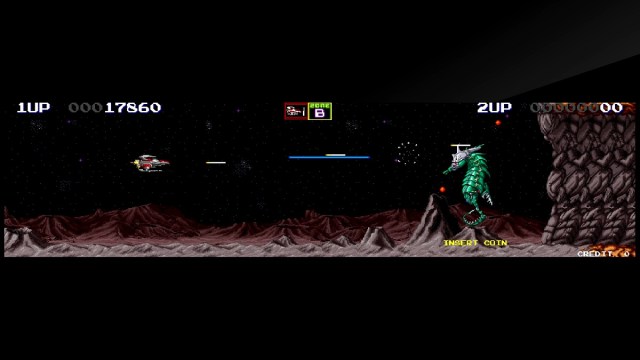
Darius 2 (Three-Screen version, 1989)
This is a bit of an odd one. We already got Darius 2 as part of M2’s Darius Cozmic Collection – Arcade. However, that collection only had the more common dual-screen setup. The version in Taito Milestones 2 is the one for three-screens, which spreads the game out in a wider panorama.
This is where the difference in port quality is most evident. M2’s version has a whole bunch of extra features, like various customizable HUD elements and quicksave. In comparison, this version is more of a straight port. It still has the usual Arcade Archives features like filters and suspend states, but it’s just not quite the same gusto as what M2 puts into their ports.
As for the title itself, I’ve never really been able to get into a Darius game. I feel like the first two titles (which include this one) are more of an arcade experience than enjoyable shoot-’em-ups. The big cabinets with their multiple monitors and cool sound system drew people in, rather than the gameplay. They’re okay, but I feel the series only really started getting good when it cut itself down to one screen and focused on its strengths.

Liquid Kids (1990)
Mizubaku Adventure is one of Taito Milestones 2’s most brilliant gems. You play as a, uh… That’s supposed to be a hippo? My first guess was Capybara, but I couldn’t explain the strips.
The hippo can conjure giant bubbles full of water, exactly like those special bubbles you could pop in Bubble Bobble. The ones that turned the levels into waterslides. Yeah, those. You can pump up your bubble for even larger bursts of water to try and flush out enemies.
Liquid Kids is bright and colorful. It feels like a true Taito platformer in the same vein as New Zealand Story and Rainbow Islands. It doesn’t really matter if you win or lose; slotting a quarter will calm your brain worms.
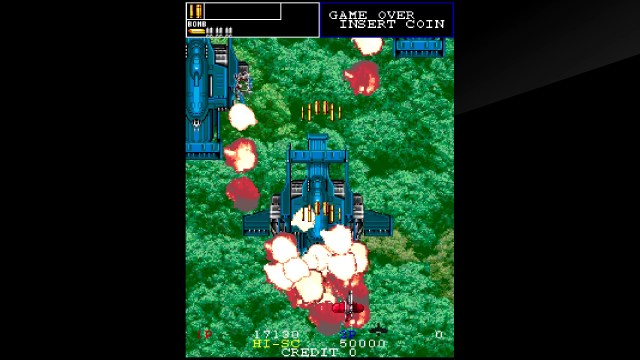
Gun Frontier (1990)
Here’s a vertical shooter where you literally just fly a gun. There’s this sort of Wild West, industrial-era aesthetic going on, but it’s all really just rather standard. It’s not bad, but it’s not great either. Some of the enemies get blown apart in neat ways, and you can collect power-ups to build up your bomb, but that’s about all it really has going for it.
On the other hand, Shinobu Yagawa, the programmer behind Recca, has said it’s one of their favorite games, so perhaps I’m just a philistine.
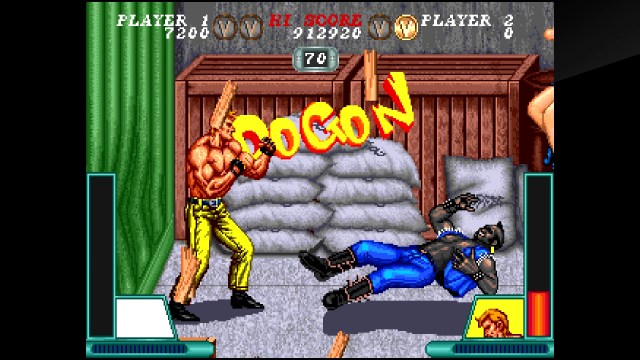
Solitary Fighter (1991)
This is a sequel to a rather obscure fighting game called Violence Fight. Like many pre-Street Fighter 2 fighting games, it’s really not very good. However, what makes it worth playing is the awkward, terrible translation. This includes an unintentionally hilarious text crawl that states the “Violence Fights” are in vogue with “Mafia, reckless drivers, and general businessmen.”
The combatants are all rippling mountains of uncooked steak with names “Lick Joe.” The game sometimes shows horrible onomatopoeias in comic fonts, like “dogoon,” which is fine in Japanese, but an Anglophonic brain sees it as “doggone” at best and “doo-goon” at worst. For some reason, a woman in fishnets walks into the arena mid-fight and tries to stab whoever’s in the lead.
Solitary Fighter is a worthwhile addition to Taito Milestones 2 mostly because while Violence Fight was in 2006’s Taito Legends 2, I don’t think the sequel has ever been ported. It’s mostly just a hilarious mess, but that’s a lot better than it just being a normal mess.

Metal Black (1991)
Metal Black is introduced as “Project Gun Frontier 2,” but beyond being a shoot-’em-up, it doesn’t have much in common with Gun Frontier. The movement is flipped to the horizontal, and there’s a lot more inventiveness here. It actually feels closer to a Darius title but a lot less space-fishy.
The major twist is that you collect little molecules to power up your weapon, but can expend all your power-ups in one big blast. However, I feel it’s more memorable for its trippy visuals. You leave Earth to travel to the moon, then the painkillers kick in, and the godless vacuum of space is suddenly a lot more flavorful. It’s not the greatest shoot-’em-up, but it’s one worth seeing.

DinoRex (1992)
Fucking Dino Rex. It’s the perfect example of a game that’s both awful and necessary to play. It’s not fun. The controls are clunky and unresponsive, the combat is shallow, and it all feels rather routine. But just look at it. It’s majestic.
It’s like a prototype of Primal Rage. You select a dinosaur and then pit it against another. The dinosaurs, however, look like dopey children’s toys. The whole thing plays out like a deleted fight scene from 1962’s King Kong vs. Godzilla. These big chubby dinos throw down in destructible environments, it’s just too bad that the whole thing controls like one of their chubby dino butts. And then there are bonus scenes where you just rampage through modern cities, and the translation is just hilariously bogus. The whole thing is a spectacle for anyone with an appreciation of kusoge. Phenomenal, really. Like watching a pair of toothless pugs fighting over an uncooked steak.
The Collection
What you need to keep in mind about Taito Milestones 2 is that it is literally a bunch of Arcade Archives games compiled with a launcher. A few of these games have yet to be released on their own, but all of them come packaged as they were first launched. This means that the menus don’t always line up, and some of them default to an ugly soft filter that you need to turn off in the options. I kind of wonder why Hamster hasn’t unified the backends of all of their games via updates, but that inconsistency shows itself as a nuisance when they’re all stacked together.
Otherwise, I’m pretty happy with Taito Milestones 2. It has a few games I’m already well acquainted with, alongside a few other obscure titles that I might not have tried on their own. It gives me the comfort of familiarity and the thrill of exploration. Sure, some of the games aren’t very good, but they’re at least bad in an almost impressive way. It’s a lot like Taito and Hamster put together a mix tape specifically for me and left it in my locker.
[This review is based on a retail build of the game provided by the publisher.]
